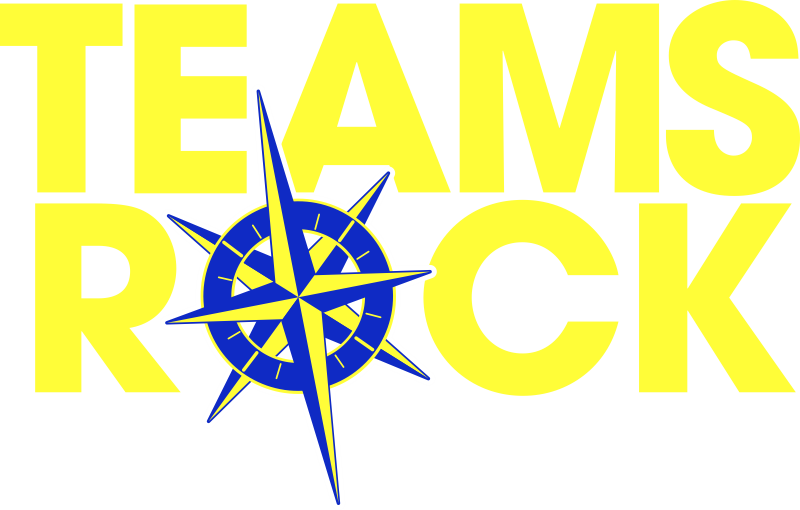Theresa is the type of person who is up by 5:00 a.m., working out in her home gym by 5:30. She showers, has the kids’ lunches packed and is at the office working by 7:00 every day. By all accounts Theresa is a morning person.
Theresa scheduled an important team meeting for Wednesday morning at 7:30 a.m. She felt this was best so they could get the meeting done before the office opened at 9:00 and everyone was enthralled in their work. She got a memo out to everyone about a week in advance, letting them know of the upcoming meeting along with a short agenda.

Wednesday morning came and everyone was there – at least physically, anyway. You see, while Theresa is a morning person, along with a couple of others, Jason and Sheila are midday people and Rob, Dave, and a couple of others are definite night owls
What were the team development challenges facing Theresa on that Wednesday morning? Granted, there are some organizations that need to have meetings like this. One example is UPS. Their drivers need to leave the distribution center early, so an early morning meeting, while they are all together, is appropriate.
Think about your team. What types of people are on your team?
- Morning people: These early risers have strong energy almost immediately. They usually do not need an alarm clock to get up. They may have one as a safety net, but usually wake up before the alarm goes off. They may like coffee but do not need caffeine to get going in the morning. These folks usually begin to tire and fade by 3 p.m. and, while they are still quite capable of working, they will definitely move significantly slower than they did earlier in the day.
- Midday people: While these employees get up reasonably early, they would prefer to sleep in a little. They are usually right on time, maybe a little early, just not moving at 100% just yet. They take some time to “warm up” and do so gradually. They are usually functioning at 100% by mid morning. Their energy lasts a little longer than the morning person and they begin to fade by the end of the day. At least as far as the mind is concerned.
- Night people: These are those who not only use the alarm clock, they may have several of them set in different places in the room and live by the snooze button. While they may need to be up by 7 a.m. they start the clock sequence as early as 5:30 and stumble out of bed by 7:15. Coffee or some form of caffeine is a necessity for them to function. Do not even try to talk to them about anything significant until at least noon. On the other hand, they are functioning at 100% well into the evening. Well after the morning and midday people have shut down.
What about the person who has energy early in the day, fades in the early afternoon and then gets a second wind late in the day? These people are those who go for caffeine mid-afternoon. Typically, this is a person who is sleep deprived or has a young child at home.
What difference does it make? We are there to work and we should be working when at work right? With the high cost of commuting, more and more people are choosing to work remotely. When they are working remotely, do you really care when they get the work done so long as the work is getting done?
Technology has afforded us the opportunity to work remotely and we should all do it, right? No, there are many positions that cannot work remotely while others can from time-to-time. The challenge is; how do you lead a team when some team members work remotely? How do you have team meetings? Can you really have a team in the traditional sense?
The answer is yes. It just takes some additional time and effort from the leader of the team, at least in the early stages of team development. Two simple steps are all we need to set the team in the right direction here:
- Learn the body clocks of everyone on the team. In some cases, you may need to just ask them.
- Ask them what their preferences are as to days of the week to hold meetings. This is critical if you have remote workers.
Not every team will have these issues. If yours does, consider these ideas and remember that success requires buy-in from everyone on the team.


Leave A Comment